Sign up for our newsletter
Sign up today to stay in the loop about the hottest deals, coolest new products, and exclusive sales.

Wahnapitae, ON P0M 3C0
Phone: 705-694-0065
Fax: 705-694-1594
Toll Free: 1-877-224-2323
Email: info@ibeadcanada.com
Mon-Sat: 10am - 6pm
Sun: 11am-5pm
Mon-Sat: 10am - 6pm
Sun: 11pm-5pm
Free Shipping on Most Orders Over $150* – Learn More >
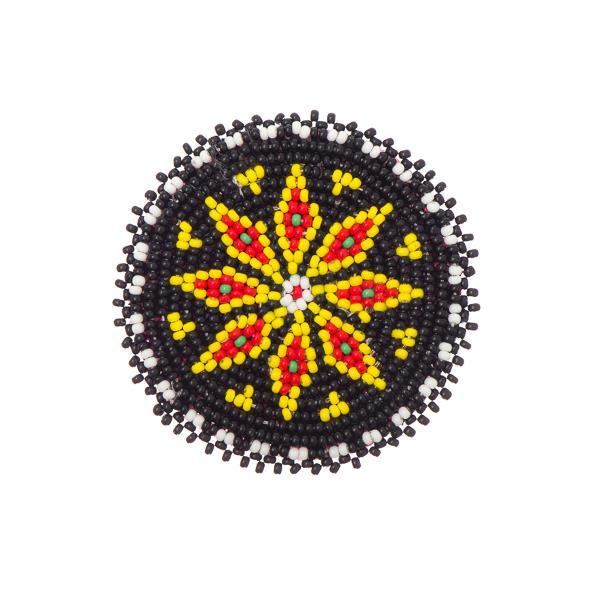 Beaded Rosettes
Beaded Rosettes
 Bells
Bells
 Cabochons
Cabochons
 Dolls & Acc.
Dolls & Acc.
 Dream Catcher Rings
Dream Catcher Rings
 Drum Making
Drum Making
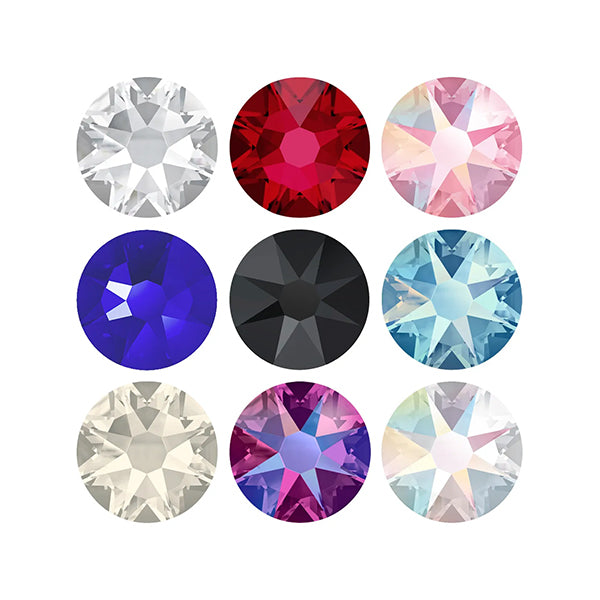 Flat Back Stones
Flat Back Stones
 Jingle Cones
Jingle Cones
 Mirrors
Mirrors
 Pipe Stems
Pipe Stems
 Rhinestone Banding
Rhinestone Banding
 Sequins
Sequins
 Sew On Stones
Sew On Stones
 Beading Foundation
Beading Foundation
 Crepe Soles
Crepe Soles
 Elastic Cord
Elastic Cord
 Fabric
Fabric
 Fringe
Fringe
 Ribbon
Ribbon
 Trim
Trim
 Bails
Bails
 Bolo Tie Acc.
Bolo Tie Acc.
 Bookmarks
Bookmarks
 Brooch & Bar Pins
Brooch & Bar Pins
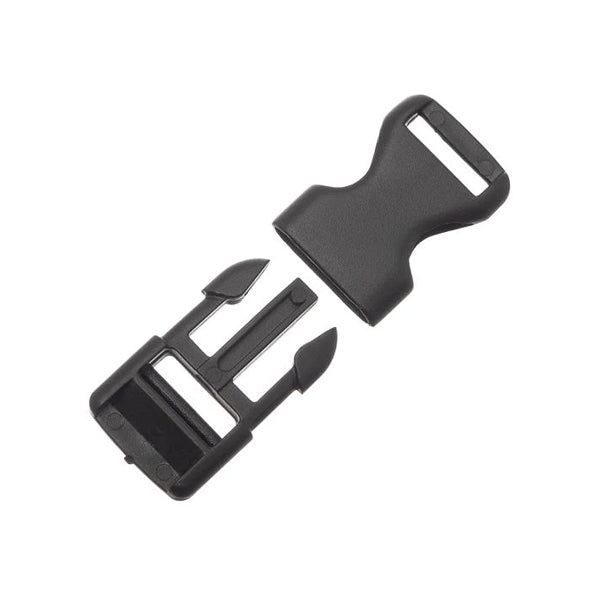 Buckles
Buckles
 Buttons
Buttons
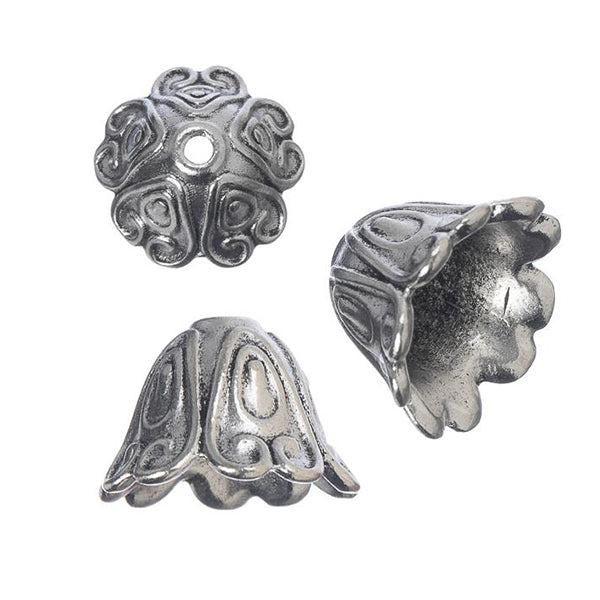 Caps & Cones
Caps & Cones
 Chain Extenders
Chain Extenders
 Clasps
Clasps
 Crimps & Ends
Crimps & Ends
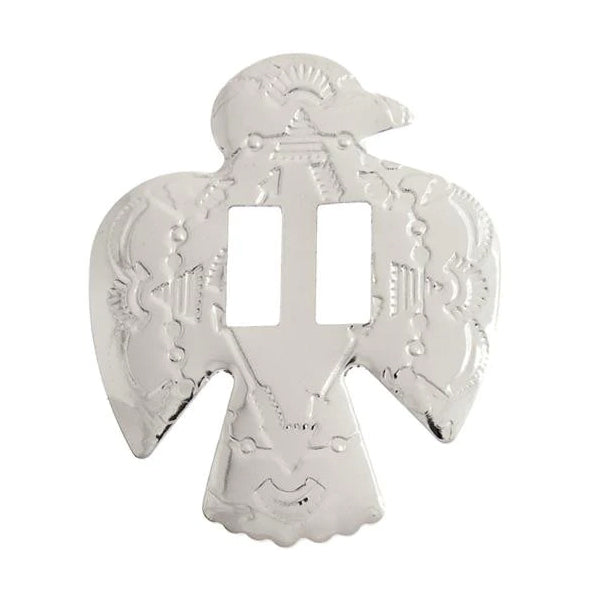 Conchos
Conchos
 Connectors
Connectors
 Earring Components
Earring Components
 Eyelets & Snaps
Eyelets & Snaps
 Findings Sets
Findings Sets
 Garment Studs
Garment Studs
 Hair Accessories
Hair Accessories
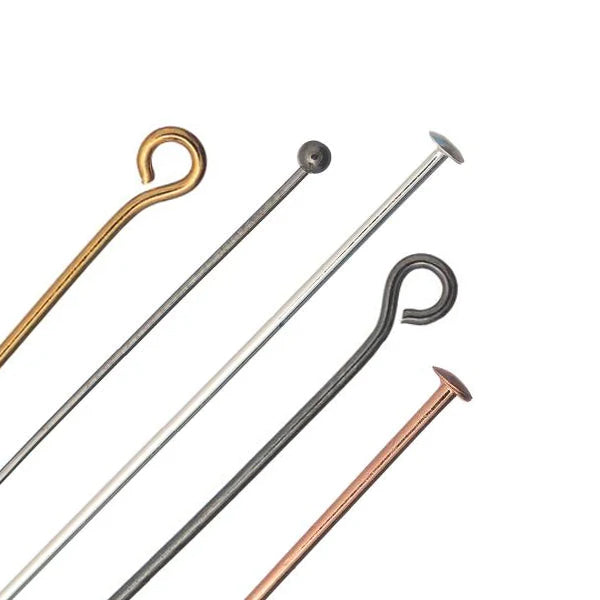 Head & Eye Pins
Head & Eye Pins
 Jewelry Parts
Jewelry Parts
 Jump & Split Rings
Jump & Split Rings
 Key Chain Parts
Key Chain Parts
 Mobile Phone Acc.
Mobile Phone Acc.
 Safety Pins
Safety Pins
 Wire Guards
Wire Guards
 Feathers
Feathers
 Furs & Animal Parts
Furs & Animal Parts
 Leather & Rawhide
Leather & Rawhide
 Cord
Cord
 Chain
Chain
 Leather & Suede Lace
Leather & Suede Lace
 Sinew
Sinew
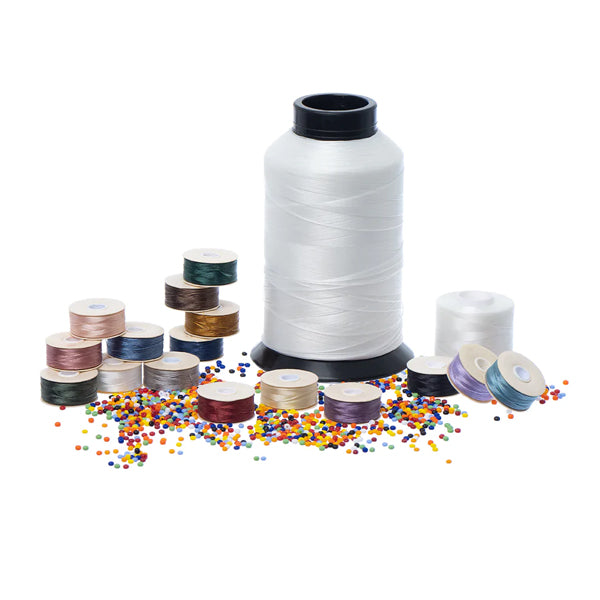 Thread
Thread
 Jewelry Wire
Jewelry Wire
 Memory Wire
Memory Wire
 Shaping Wire
Shaping Wire
 Bead & Craft Kits
Bead & Craft Kits
 Books
Books
 Patterns
Patterns
 Displays
Displays
 Gift Bags
Gift Bags
 Gift Boxes
Gift Boxes
 Jewelry Cards
Jewelry Cards
 Organizers
Organizers
 Tags, Labels & Stickers
Tags, Labels & Stickers
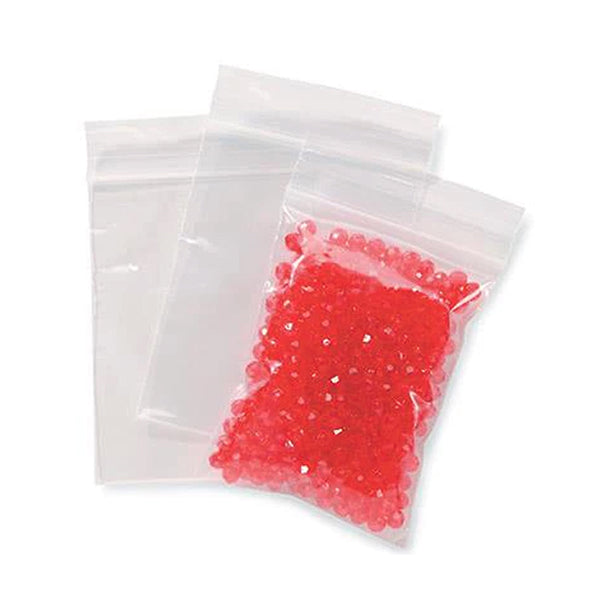 Zip Lock Bags
Zip Lock Bags
 Chakra
Chakra
 Healing Stones
Healing Stones
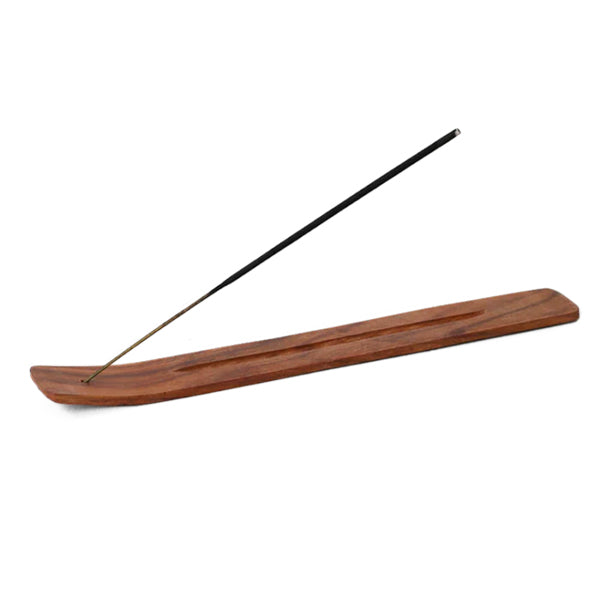 Incense & Holders
Incense & Holders
 Mala Beads & Acc.
Mala Beads & Acc.
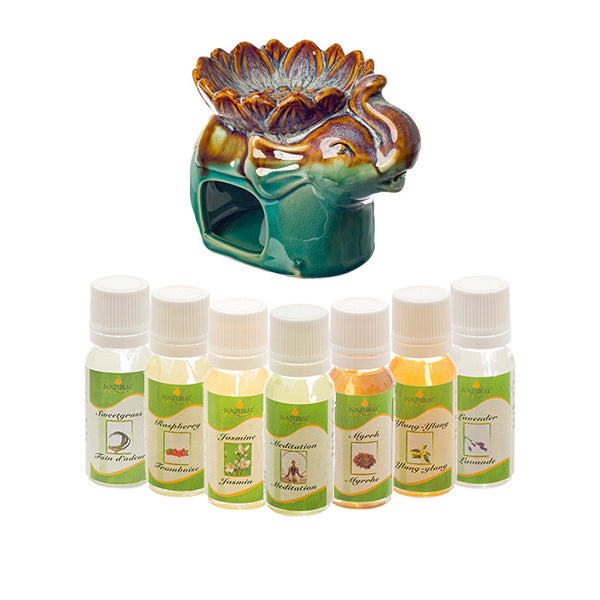 Oils & Burners
Oils & Burners
 Rocks & Minerals
Rocks & Minerals
 Smudging
Smudging
When choosing a bead cord, thread or jewellery wire take into account the look of the piece you are designing and the beads you have selected. Do you require a wire that drapes or can hold its shape? Will it be exposed or covered? What size and weight are the beads that you are using, and what is the smallest hole size of the beads you have selected? Can you double up the thread if necessary?
The following list is not exhaustive, and only represents a small portion of what we carry. Whichever cord, thread or wire you use, remember to choose the largest diameter that will pass through the smallest bead hole in your project.
Silk has been used as a stringing material for hundreds of years – can you imagine fine pearls strung on anything else? The silk allows a beautiful sinuous drape and is traditionally used to string pearls and other gemstones with a knot between each bead. It isn’t as strong as a man made fibre so reserve this thread for lighter beads or use fewer beads and let the natural beauty of the silk shine through. This cord comes with its own needle.

Griffin No.4 Natural Silk White Bead Cord (0.6mm by 2 metres)
A lightly waxed stranded nylon thread that was originally developed as a stitching thread in the manufacture of shoes. It is strong and slim and perfect for beading with most seed beads and light beads up to about a 6mm. Use two or more lengths of thread together for extra security when working with larger beads. It is traditionally used for intricate beadwork like peyote stitch or weaving on a loom. Use with a beading needle.

Nymo Thread Size D Cream 0.3mm diameter x 58.5 metre spool
A soft, flexible ‘invisible’ cord for use in floating and illusion designs. It can be knotted to hold the beads in place or you can use glue or discreet crimp tubes. Best used with acrylic, wood or non-abrasive beads to protect your cord from damage, or try using seed beads either side of larger beads to give added protection. If you are simply stringing there is no need for a needle with this cord. For bead weaving use a needle.
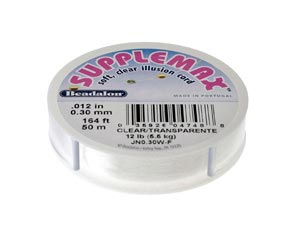
Beadalon Supplemax Illusion Cord (0.3mm by 50 metres)
Tempered stainless steel wire with excellent ‘memory’ or shape retaining properties. It is nigh on impossible to bend it out of shape. Memory wire comes in coiled loops of different dimensions, including bracelet, necklace and ring sized rounds. It is a simple matter to cut a loop, thread on some beads, glue on some wire end beads or roll the ends over and you have a finished piece. No need to add a clasp. The wire loop you use will increase in size when you add beads so if you are making a necklace of a single round, cut at least a coil and a half length from the wire to allow for the ends to meet or overlap slightly. Don’t use your jewellery pliers with this wire as it is too tough. Use household pliers or specialist memory wire cutters. To learn more about jewellery tools read our Guide to Beading Tools

Loops of Memory Wire For Rings
Beadalon produce a range of stringing wires to meet different requirements and to offer varied colour finishes. They are made from very thin strands of wire that are twisted together and then coated with nylon. The concept to understand when selecting a wire is that the higher the number of strands the more flexible the beading wire will be. Different jewellery pieces have different requirements, for example a bracelet needs to be quite flexible due to the amount of wear and tear it needs to withstand, whereas a simple bead necklace may not need to be as flexible. For the highest degree of flexibility 49 strand beading wire should be used, with 19 strand beading wire for designs that require good flexibility, and 7 strand beading wire used for designs that require some flexibility.
When choosing a beading wire you need to consider the diameter of your wire in relation to the beads and findings you plan to use. There are a wide variety of diameters, from 0.010 inches for seed beads up to 0.036 inches for larger hole metal and glass beads. The most popular sizes are 0.015 inches and 0.018 inches which are good general purpose wires. Judge the holes in the beads you plan to use and select a beading wire that fills as much of the hole as possible. Then consider the weight of your finished jewellery piece to ensure that the break strength of the wire is sufficient. Choose wire with a high or heavy break strength when using large or heavy beads.
Seven Strand Beading Wires are made from seven strands of fine diameter stainless steel wire with a kink and abrasion resistant nylon coating. A strong general purpose wire with good drape and shape retention. Tiger Tail is the name given to a similar coated beading wire, but most wire sold with this generic name only has three strands within it. The Beadalon product fits more strands into the same diameter of wire, but by using thinner strands the Beadalon wires have superior flexibility and strength.

Beadalon 7 Strand Bright Stringing Wire 0.38mm
Nineteen Strand Beading Wire is superior to seven strand stringing wire in terms of flexibility and strength. This wire has nineteen strands of wire encased in a kink and abrasion resistant nylon coating. Very strong and near 0% stretch.

Beadalon 19 Strand Satin Copper Stringing Wire 0.38mm
Forty-Nine Strand Beading Wire is superior to both nineteen and seven strand stringing wires in terms of flexibility and drape. This knotable wire has forty-nine strands of wire encased in a kink and abrasion resistant nylon coating. Very strong with excellent kink resistance and near 0% stretch. This wire gives the most professional looking result.

Beadalon 49 Strand Bright Stringing Wire 0.46mm
As distinct from beading wire which is constructed to be like a metal thread, this is wire in its usual form. Most common metal types are available in jewellery wire form, with copper wires and aluminium wires available in a rainbow of colours. Wire is supplied in different wire gauges or thicknesses which are denoted by a number using the American system or by its diameter in mm elsewheres. It is available in four different levels of hardness: dead soft wire, soft wire, half-hard wire and full-hard wire. Memory wire is the hardest of all the wire types. Wire comes in a wide variety of cross sections such as round, triangular and square.
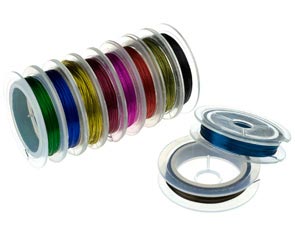
Assorted Coloured Copper Beading Wires 0.3mm or 28 gauge
Sign up today to stay in the loop about the hottest deals, coolest new products, and exclusive sales.
Thanks for subscribing!
This email has been registered!
Last updated: September 11, 2025
Summary of i-Bead Inc.'s Terms of Service:
Product Descriptions: i-Bead Inc. strives for accurate product information, but errors may occur. Product availability and specifications, like size, are subject to change.
Product Images: Images are for representation purposes; actual products may vary in appearance due to display settings or manufacturing differences.
Copyright & Intellectual Property: All content on the Website is owned by i-Bead Inc. or its licensors. Users are granted a limited, non-commercial license to view and print content for personal use but cannot reproduce or distribute it without permission.
Trademarks: The i-Bead name and logo are trademarks of i-Bead Inc. Unauthorized use of trademarks is prohibited.
Use of the Website: Users must comply with laws and the Terms. Account creation may be required for certain services. Users are responsible for account security and cannot engage in harmful behavior or unauthorized access.
Pricing & Availability: Prices are listed in Canadian Dollars (CAD) and are subject to change. Additional charges for taxes, shipping, and duties may apply. Out-of-stock products may be removed or delayed.
Limitation of Liability: i-Bead Inc. is not liable for any indirect damages, and the website is provided "as is" without warranties.
Privacy & Data Protection: The use of personal data is governed by the company’s Privacy Policy, which users should review.
Indemnification: Users agree to defend and hold i-Bead Inc. harmless from any legal issues arising from their use of the site or violation of the Terms.
Modifications: i-Bead Inc. can update these Terms at any time. Changes will be effective upon posting.
Governing Law: The Terms are governed by the laws of Ontario, Canada, and any disputes will be resolved in Ontario courts.
Contact Information: For questions, users can contact i-Bead Inc. at their address or via email or phone.
Summary of i-Bead Inc.'s Refund Policy:
In-Store Purchases: Items can be returned within 30 days with the original receipt for an exchange, store credit, or refund. Must be unopened and in original condition.
Online Purchases: Returns allowed within 30 days of receiving your order. Prior authorization required. Items must be unopened and in original condition.
Non-Returnable Items: Sale items, opened packages, broken strands, cut items (e.g., leather, cord), books, and special orders cannot be returned.
Restocking Fee: Returns after 30 days incur a 20% restocking fee. Clearance/discontinued items cannot be returned after 30 days.
Damaged/Defective Items: Contact customer service within 48 hours. Return shipping will be covered, and you can request a refund or replacement.
Return Instructions: Include the reason for the return, order details, and use a traceable shipping carrier. Returns must be prepaid, and customs fees are not covered.
Refund Process: Refunds will be issued after inspection, minus shipping costs, and may take 1-2 weeks to process.
For returns, the items must be in their original, unopened condition.
Summary of i-Bead Inc.'s Shipping Policy:
Shipping Methods: i-Bead uses Purolator, UPS, Canpar, and FedEx for Ground and Express shipping.
Shipping Times: Orders placed by 12:00 PM EST ship the same day; orders placed after that time ship the next business day. V.I.Bead Members get same-day shipping regardless of order volume.
Shipping Locations: We ship within Canada and to select international destinations (excluding the United States). P.O. Boxes are not eligible.
Shipping Discounts:
Tracking & Insurance: All orders include tracking. Insurance is included for orders under $100; additional coverage is available for $3 per $100.
Damage or Loss: Contact customer service within 48 hours if your order is damaged or lost during transit. Claims will be processed with the courier.
Theft: i-Bead is not responsible for theft once a package is marked as delivered. Signature confirmation is available for added security.
Delays: Delivery may be delayed due to factors like weather, rural locations, or peak seasons.
Summary of i-Bead Inc.'s Sales Tax Policy:
Canadian Residents: Sales tax is applied based on the province:
First Nations: Eligible customers may receive tax relief with the Indian Status Tax Exemption Card.
U.S. & International Orders: U.S.: Not applicable—shipping is paused. International (non-U.S.): No Canadian sales tax or VAT is charged by i-Bead; destination duties/taxes may apply.
In short, Canadian customers are taxed based on their province; U.S. orders are not available; international customers may incur destination duties/taxes.
Summary of i-Bead Inc.'s Native Status Card Policy:
Tax Exemption Eligibility: Status Card holders can qualify for GST/HST relief if:
Ontario Residents: Eligible for an 8% HST rebate on orders shipped within Ontario.
How to Apply:
Important: Misrepresentation of eligibility can result in penalties from the CRA.
In short, eligible Status Card holders can receive tax relief by following the proper procedure and submitting required documentation.
Summary of i-Bead Inc.'s Privacy Policy:
i-Bead Inc.'s Privacy Policy outlines how they collect, use, and disclose personal information. They gather data directly from users (e.g., contact details, order info, payment info) and through tracking technologies (e.g., cookies). This data is used for order processing, marketing, security, and customer support. The company may share data with third-party vendors and partners for service fulfillment, marketing, and legal compliance. Users can access, correct, or delete their data, and opt-out of marketing communications. The policy also covers data security, retention, and international transfers.
By completing the checkout process, you (the customer) acknowledge that you have read, understood, and agreed to the Terms and Conditions outlined by i-Bead Inc. Furthermore, you agree that i-Bead Inc. shall not be held liable for any delays in shipping caused by factors beyond its control, including, but not limited to, disruptions due to COVID-19, adverse weather conditions, holiday seasons, natural disasters (Acts of God), strikes, or lock-outs or any other unforeseeable events. In addition, in the event that a parcel is damaged or lost during transit, and you have not obtained additional insurance coverage, you expressly agree that i-Bead Inc. shall not be held responsible or accountable for any resultant loss, damage, or delay.
Wahnapitae, ON P0M 3C0
Phone: 705-694-0065
Fax: 705-694-1594
Toll Free: 1-877-224-2323
Email: info@ibeadcanada.com
Mon-Sat: 10am - 6pm
Sun: 11am-5pm
Mon-Sat: 10am - 6pm
Sun: 11pm-5pm